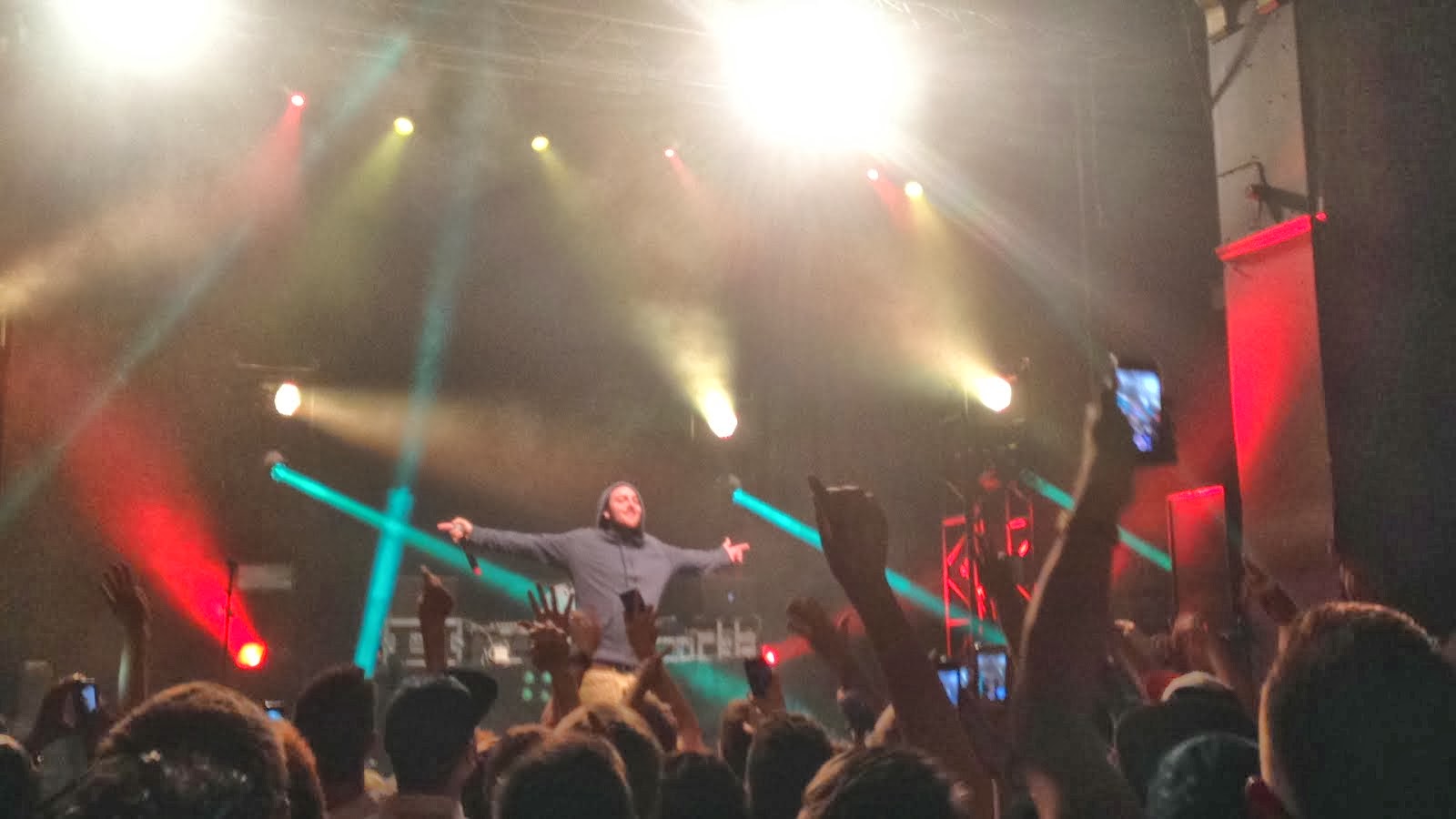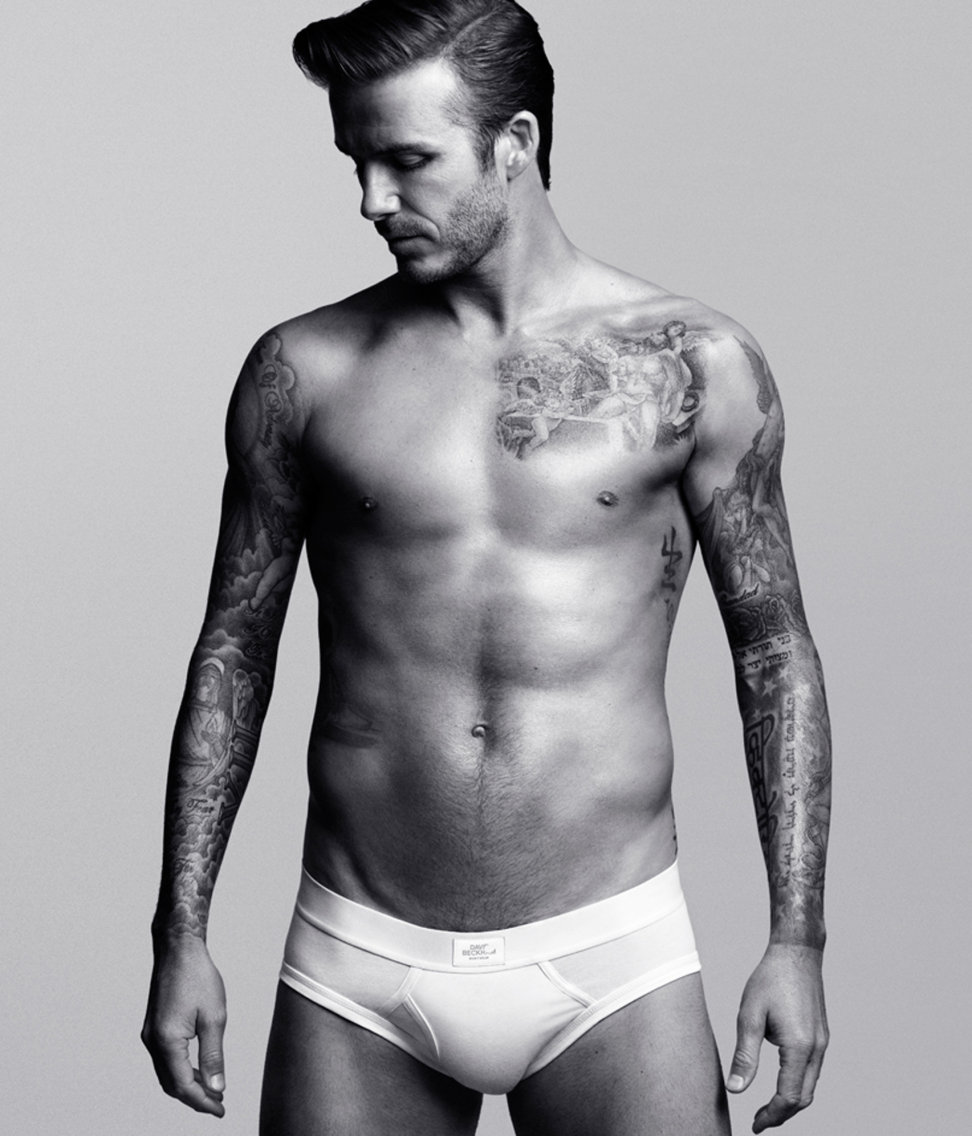Seven Areas of Representation, Gender
Gender definition:
Gender is the state of being male or female (typically used with reference to social and cultural differences rather than biological ones).
Stereotypes associated with gender:
These are original stereotypes associated with men and women;
Men:
Aggressive
controled by sex
Sexual Predators
Non emotional
Sexual Predators
Non emotional
Messy
Athletic
Math and Science Oriented
CEO
Money Maker
Submissive
Sexual Objects
Sexual
Sexual Objects
Sexual
Emotional
Quiet
Neat/Clean
Clumsy
Artsy
Housewife
Child rearing
A common stereotype which is commonly associated to families within our society is that men are the part of the relationship who are known to go to work and earn the money to support the family. Then the women are expected to stay at home, look after the children, do the washing/cleaning and have the tea ready for when the husband arrives home from work.
Another stereotype of gender is that the females are thought of sexual objects to males and that males are thought to be sexual predators and evolve about having sex and females.
Another stereotype of gender is that the females are thought of sexual objects to males and that males are thought to be sexual predators and evolve about having sex and females.
This is a music video from the song shes so lovely by scouting for girls. In this video a very attractive women enters the bowling allay. She wearing red high heels, tight clothing and smiles cheekily at all the men as well as biting her lip her gestures are very sexy which shows women as sexual objects and submissive over the looks from men. The body language and flirting she does makes females come across as sexual because of the looks and gestures. All the men are mouth dropping, stopping what they are doing, being distracted or acting silly because this women has come in. They all drop what they are doing to watch her which shows men as sexual predators and that their controlled by sex. One man gets up and pushes another man because he looked at his girlfriend, this shows men as aggressive over anything and little things.



This is a clip from the program Rome. In this clip at the start it shows a clear stereotype that women stay at home cook and clean and care for the children. But it also shows that men are non emotional as he shows no caring for the women as she cries which also shows that women are very emotional which is another stereotype. It also shows that men are the ones in the world of gender that go out and do the work as the men in this video are out fighting and working. At the end the man takes advantage of the women and treats her as a sexual object only and this shows men as sexual predators and women sexual objects to males.
Issues and problems that occur:
-Women become annoyed that men have the stereotype of holding the power in relationships and every day life. They believe and hope that women are not always at home cleaning and cooking they can get jobs and be the ones to bring in the money for the family also that man can't walk all over them and expect women to want sex and women feel they need to be respected more.
-Men on the other not believe they are aggressive that they can be caring and loving to others also that these stereotypes make males seem desperate which they are not always sexual predators.










